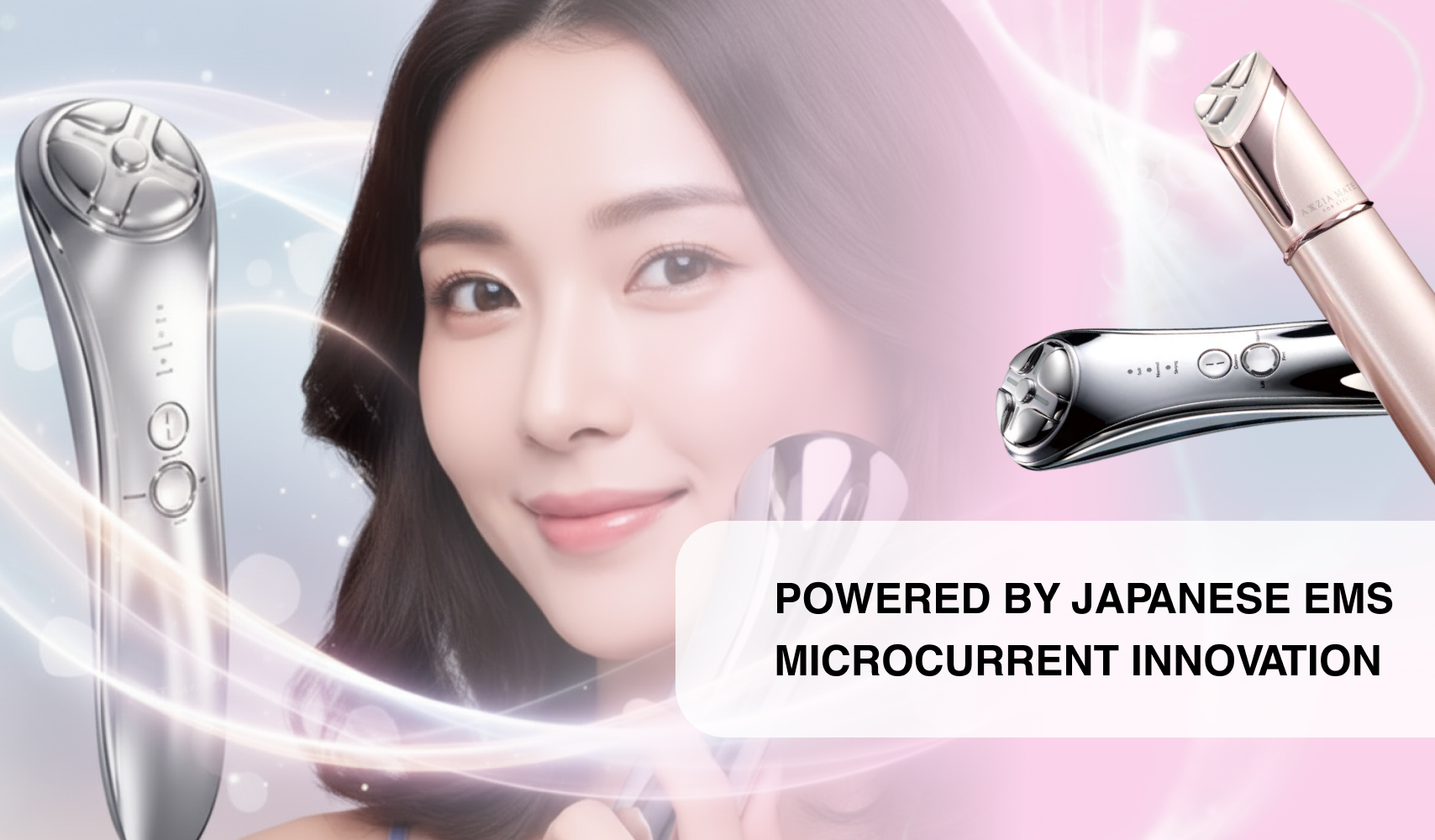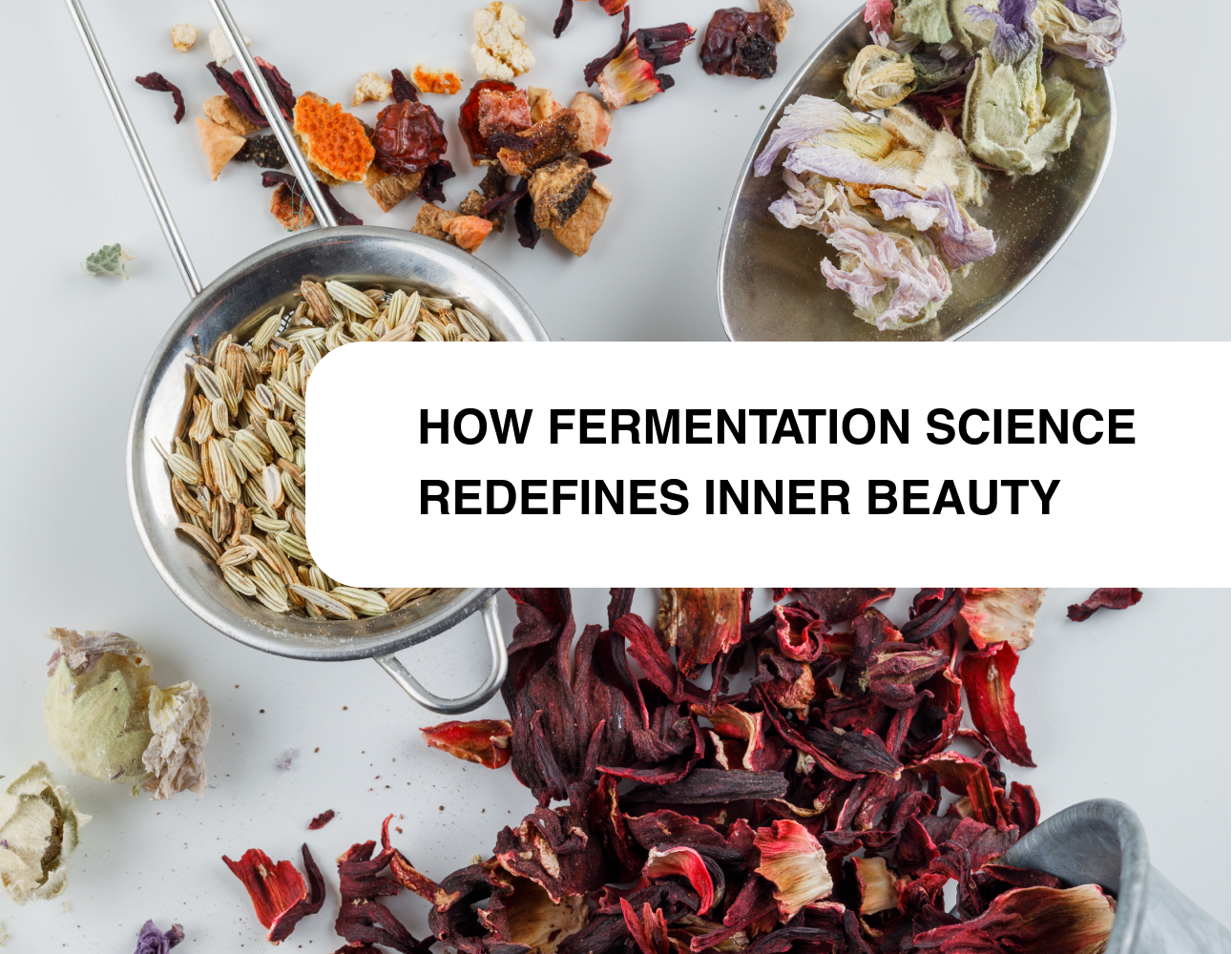It’s a tale as old as time. A pimple or scar on your face that, no matter how hard you try, simply won’t fade. If this sounds familiar, you’re in good company.
Of all the skincare concerns, dark scars known as hyperpigmentation is something that affects most of us. Caused by a variety of factors from fluctuating hormones and pregnancy to sun damage and genetics, hyperpigmentation seems to be a common affliction endured by most women.
But just why is it so common? And is there anything we can do to cure it? We set out to find the best hyperpigmentation treatment to reveal your clearest, most beautiful skin yet!
What causes hyperpigmentation?

While the dark spots on your face can look quite similar to each other, their underlying causes and treatments can vary. The main culprit is the color pigment in your skin called melanin. Naturally found in the epidermis of your skin, melanin is what gives your eyes, hair and skin its color.
It’s also what your skin uses as a defence mechanism. Melanin is there to help block out the sun’s harmful UV rays from causing radiation and damaging our DNA.
Hyperpigmentation happens when too much melanin is produced – be it from sun exposure, injury to your skin, acne or hormones.
When the melanin is distributed evenly, you’re left with a beautiful even tan. But, with increased exposure to the sun, the pigment can become uneven, resulting in age spots, freckles or melasma.
This is a particular concern amongst darker skin tones. With higher levels of melanin already present in your skin, when inflammation takes place, your skin produces an even higher amount of this pigment.
For this reason, it’s important to pay close attention to hyperpigmentation of any form. If your dark spots change in color or size, speak to your doctor for a professional exam to rule out more serious conditions like cancer.
Can hyperpigmentation be treated?
Most definitely! But the time it will take can range anywhere from one month to several. It all depends on whether the blemish is superficial or if it goes deep into the inner layers of your skin.
If a dark spot is less than three months old, for example, it’s a superficial scar and will respond well to an over-the-counter topical treatment. Scars that are older though will go deeper down into the dermis - the second layer of your skin and may require more intensive prescription treatments.
Luckily there are a multitude of tips and treatments to help fade and ultimately get rid of dark spots. Having said that though, it’s vital to pinpoint the kind of discoloration you’re dealing with. For example, dark patches caused by acne scarring will require a different treatment plan than those caused by the sun.
Speak to a dermatologist to not only identify the origin of your scarring but also to work out the correct combination of treatments.
You may be advised to undergo an in-office hyperpigmentation treatment to get to the underlying cause of your scarring. These typically include a medical-grade chemical peel using high doses of active chemical exfoliating acids like glycolic acid, salicylic acid or lactic acid.
Then there’s the option of micro-needling where collagen production is stimulated on a cellular level – usually recommended for acne scarring as well as fine lines and wrinkles. The third most popular professional treatment is dermaplaning, a brightening facial which gets rid of the uppermost dead skin cells and helps topical serums absorb deeper into your skin cells.
But is there anything you can do yourself as a hyperpigmentation home treatment? You bet! Let’s look at the best hyperpigmentation treatments you can do yourself to reveal your clearest skin yet.
Before we start, don’t forget the cardinal rule: hands off! Let’s be real – if you’ve got a blemish or discoloration on your face, it’s most likely the result of a popped pimple from the past.
Yep, sadly the hands-on approach of our teenage years can show up years later as hyperpigmentation. When you pick at pimples, you’re effectively creating increased blood flow to the area and causing inflammation.
As the skin bruises, it produces melanin and brown scars on the surface of your skin.
Wondering what is the best treatment for hyperpigmentation? It all comes down to exfoliating and cell regeneration ingredients. Let’s delve a little deeper:
Glycolic acid

When it comes to tackling dark spots head-on, your number one fighter has to be chemical exfoliants. As satisfying as that physical face scrub may feel, the fine beads may actually be too abrasive for skin that’s susceptible to hyperpigmentation. Instead, look for one of the best hyperpigmentation home treatments - glycolic acid.
An alpha hydroxy acid (AHA) works beneath the surface of your skin to dissolve the bonds between the underlying dead and discolored cells. The result? A brighter, clearer and much glowier complexion. What’s more? As you’re sloughing away the surface-level debris, your skin becomes more receptive to whatever other brightening serums or treatments you apply thereafter.
Salicylic acid

Also in the family of chemical exfoliants are beta hydroxy acids or BHA, the most common of which being salicylic acid. But while AHAs can be irritating to sensitive skin, salicylic acid tends to be much gentler due to its molecular structure being much larger than AHAs.
This helps it to be especially beneficial to those with acne-prone, inflamed skin. While exfoliating the top layer of your skin, it also removes excess oil from your pores and prevents further discoloration. You’re basically getting a treatment combined with a cure. It doesn’t get any better than that! We recommend using a natural form of Salicylic Acid called Willow Bark Extract.
Gluconolactone

But if AHAs and BHAs are too harsh for your complexion, an excellent treatment for hyperpigmentation on your face is gluconolactone – a polyhydroxy acid or PHA. You’ll get the exfoliating benefits of chemical exfoliants without the redness and irritation.
Think of PHAs as the least intense of all the acids. As the molecules are much larger in size, they don’t penetrate the skin as deeply and thus won’t cause any damage to the inner layers of your skin. What they do offer though is added moisturization and humectant benefits which help to protect the skin’s natural barrier function.
Another great alternative for those with sensitive skin: phytic acid – a plant-based antioxidant known to even out your skin tone and protect against excess melanin production and sun damage without being a typical exfoliant.
Azelaic acid is another top choice for those with acne-prone or sensitive skin as well as those with darker, deeper skin tones. Mandelic acid is a great option for anyone who has difficulty tolerating harsher acids due to its oil-soluble structure and ability to penetrate deep into your skin without causing irritation.
Retinol

Next comes the gold standard when it comes to long-term all-round skin care benefits – retinol or vitamin A. Whether you go for an over-the-counter version or a more intensive prescription from your doctor, retinoids can do wonders to improve the appearance of dark spots by speeding up cell turnover and stimulating collagen production. The only caveat however – start slow.
Retinoids are renowned for causing irritation at the first use and, if used incorrectly, could actually exacerbate hyperpigmentation.
If your skin becomes inflamed, you could rupture the pigment cells and cause more of the pigment to leak out onto your skin’s surface. Instead, incorporate this potent ingredient into your routine very gradually – one night for the first week, followed by two nights per week for two weeks.
If your skin shows no signs of flaking or redness, you’re on track to use it three nights per week for three weeks. Eventually, you want to use retinol in your routine every other night. It might be slow at the beginning, but the benefits are definitely worth it!
Niacinamide

It’s the buzzword in beauty circles of late and for good reason – niacinamide just so happens to be a great hyperpigmentation home treatment too.
A form of vitamin B3, niacinamide works by balancing out your skin’s oil production which not only prevents breakouts but also stops excess melanin from coming up to the surface of your skin.
Even better – it's anti-inflammatory making it perfect for sensitive skins looking to reduce redness in their complexions and strengthen your skin’s barrier.
Vitamin C

We love that vitamin C is finally getting the recognition it deserves! Incorporate a targeted vitamin C serum into your skincare routine and watch your complexion not only brighten up but also get a supercharged boost from the inside.
Due to its powerful antioxidant properties, it helps to protect against damage from free radicals, pollution and UV radiation while further boosting collagen production. But what really sets it apart as one of the best hyperpigmentation treatments is its ability to curb the production of melanin in your skin and prevent existing dark spots from causing even more discoloration.
Kojic acid
Speaking about antioxidants, here’s one that has the skincare community in a buzz and it’s not hard to see why. It’s called kojic acid and can naturally be found in fermented foods like mushrooms, soy sauce and sake. So, what makes it so remarkable? Unlike the chemical exfoliant AHAs and BHAs, kojic acid doesn’t merely slough away the outermost layer of dead skin.
Instead, it actually goes into your skin layers and inhibits the enzyme tyrosinase needed to produce melanin. Similar to the somewhat controversial ingredient hydroquinone, kojic acid is its gentler, less irritating cousin.

Having said that though, experts recommend using a kojic acid-infused product for up to two months at a time followed by a break to avoid irritation. And just like vitamin C, it’s known to cause sensitivity to the sun so always follow up with a broad-spectrum sunscreen at all times.
Then comes the timeframe it takes to show results. While retinol typically needs four to six weeks, kojic acid has been shown to make a marked difference almost instantly.
Tranexamic acid
Next comes a lesser-known ingredient but by no means any less effective. Tranexamic acid works wonderfully as a complimentary treatment to more intensive acids by boosting their efficacy.
We’re talking everything from slowing down the production of excess melanin to brightening the appearance of your skin. Best of all, because it’s so gentle, it’s been marked as safe for even the most sensitive skin types, including during pregnancy.
Sunscreen: the best hyperpigmentation prevention
Still not quite sure what is the best treatment for hyperpigmentation? Without a doubt, the number one defence has to be sunscreen.

Dermatologists are unanimous on this one: any other product will be deemed useless unless you wear a broad-spectrum sunscreen every single day. The UVA and UVB rays of the sun remain the primary cause of darkening hyperpigmentation in your skin.
Don’t forget too that topical treatments like chemical exfoliants and retinol increase your skin’s sensitivity to the sun. Choose a sunscreen of at least SPF30 and commit to applying it every day, come rain or shine.
Sunscreen needs to be reapplied every two hours - particularly important if you spend a lot of time outdoors or sit next to a window during the morning and afternoon when the sun is as its strongest.
An even better treatment for hyperpigmentation on your face - skincare products laden with antioxidants. While your sunscreen blocks out the sun’s rays, consider using a serum underneath that tackles free radicals and pollution at the same time.
Skincare ingredients like vitamin C and E as well as niacinamide, resveratrol and ferulic acid work beautifully alongside sunscreen to resurface your skin and prevent hyperpigmentation from coming back in the future.



